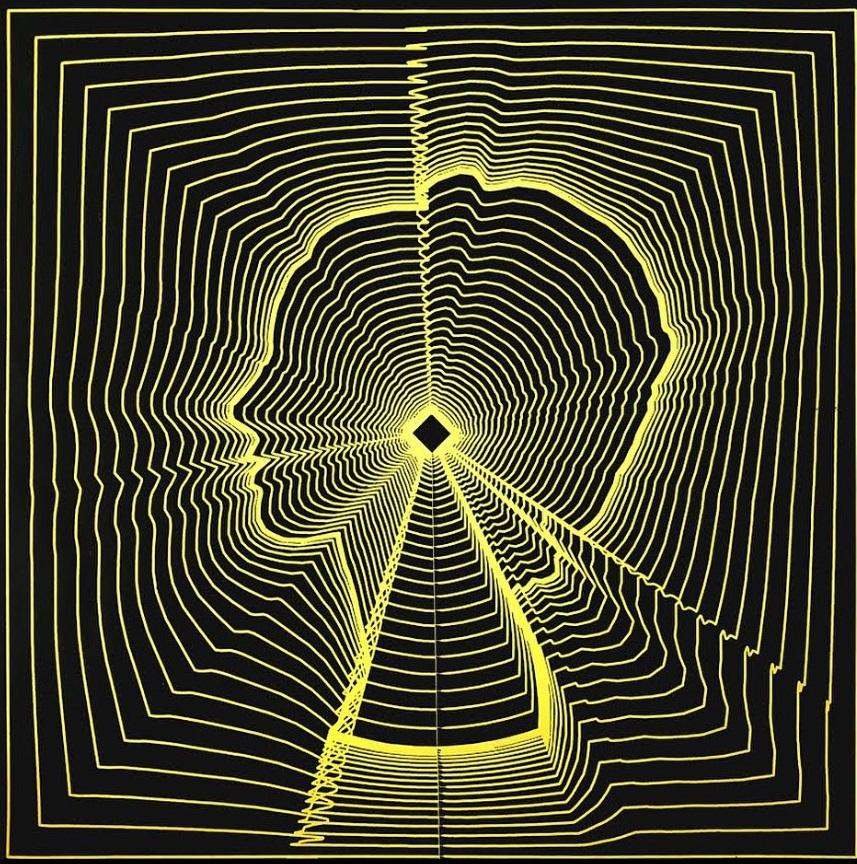ARC 342R / ARC 388R
Thurs 3:30 – 6:30pm, WMB 6.126
Open to all ARC students, all ARI students, CRP students, LAR students, U D students, Arch Studies minors, and Arch History minors
Michael Moynihan: Michael.Moynihan@utexas.edu
A famous architect once called a house “a machine for living in.” Others believed that once machines could think for themselves, technology would create a utopian world free of labor, nations, and war, or as the poet Richard Brautigan said, we would live in a world “all watched over by machines of loving grace.” Of course, you have probably also heard more dystopian fears: increased social control through surveillance, the deepening of social inequality, the end of professions that think for a living, and the extreme environmental cost of data centers. Either way, in the near future, Artificial Intelligence (AI) will become a heated debate in architecture schools and the profession.
This course will offer a social and intellectual history of the relationship between AI and architecture, spanning from early ambitions in the 1950s to our current fascination with decision-making software. Rather than a general history about origins, conferences, and programmer’s names, this seminar will situate this history within a more complex understanding of technology’s role in shaping the built environment, such as through changes to design research, labor law, environmental justice, and development policy.
Each week, the readings and discussions will be informed by critical theory, ecology, science fiction, history of computation, information science, gender, and postcolonial studies. The writing assignments will ask students to critically analyze the work of architects, policymakers, utopian writers, and entrepreneurial developers who have used AI to design, organize, or imagine the built environment.


